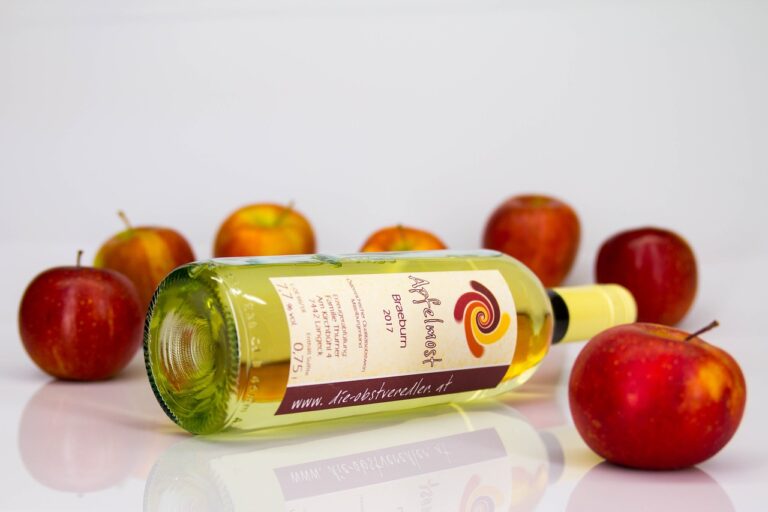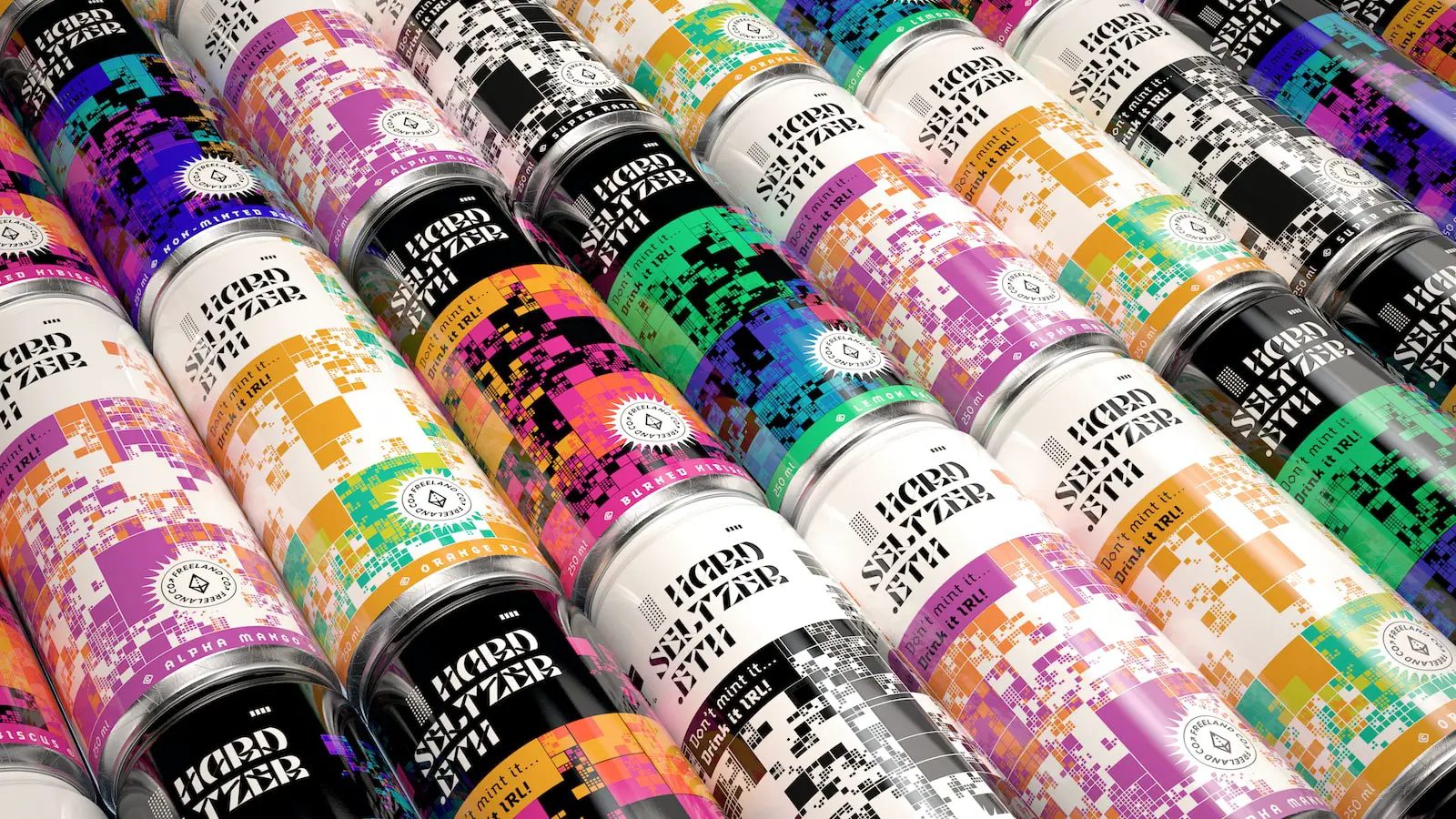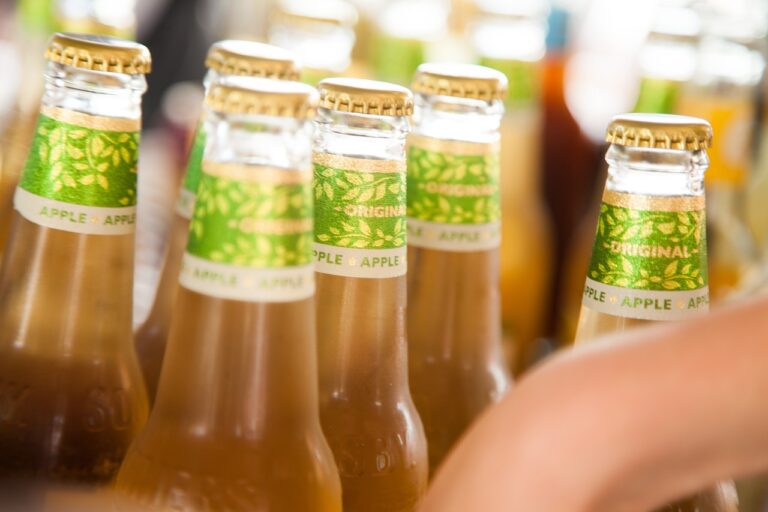If you enjoy hard apple cider you should recognize that Applejack and Calvados genuinely have more potency. The apples used in the distillation of both beverages and the fruit used whole.
However, how did such two liqueurs come by their names, and what distinguishes them from one another? You are in the right place if you want to learn the variations between applejack and calvados.
Applejack, a famous wine brandy from fermented apples, comes from Pennsylvania in the US, while calvados is from French Normandy.
Considering that they have been produced since before the nation was even premised. These apple-based spirits may have a greater claim to the title.
The Origins of Jacking
The 17th century marks the beginning of applejack’s history. Without looking into the colonizer’s practice of jacking, no inquiry of applejack is perfect.
This difficult process raises the product’s alcohol content until it reaches or surpasses the legal limit.
The traditional colonial method of jacking involved freezing a fermented drink such as hard cider, then tapping the alcohol core to separate the non-alcoholic fraction and leave behind a stronger alcohol level.
Many people still consider applejack and apple brandy a very unique product. Even though it might produce a tasty product, this has the disadvantage of causing truly awful hangovers.
Applejack—How Is It Made?
Applejack is an authentically American liqueur, apart from its French companion. Naturally, apples give Applejack its identity, but the jacking procedure also contributes.
The process of jacking is also known as freeze distillation. It includes cooling the hard cider and expelling the frozen water from the combination raises the alcohol content of the mixture.
The majority of Applejack these days use conventional distillation techniques rather than the jacking process.
Applejack has a colonial-era history and it was a favourite beverage among pilgrims. Cider had an alcohol content of about 5% at the time.
They soon used freeze distillation to transform regular hard cider into a more powerful aromatic beverage with an alcohol content between 40-50%.
It was a common drink among the colonists, just like regular hard cider, and it was also valuable as money. In addition, it was used to purchase property with fruit orchards and to speculate on real estate.
Calvados: What Is It and How Is It Made?
Calvados is the name of the French region of Normandy where the booze originated, and is the most popular Apple Brandy. It is produced by distilling Normandy pears and apples.
Similar to Armagnac, Calvados may be double-filtered in a copper pot, or they may be distilled using a constant column still.
The mixture is then aged in fresh French Oak barrels but is frequently moved to older casks after a few months to prevent the flavour of the wood from overpowering it.
Traditional cider apples Binet Rouge, Saint Martin, Frequin, Rambault, etc. give the final fermented product a distinct bitter taste and tart flavour.
There is no law prohibiting the use of these apple cultivars in the manufacturing of applejack, many believe this adds a deeper difficulty to calvados compared to traditional applejack.
The calvados is sweeter the younger it is. The flavour will become more nuanced and whiskey-like the longer it is aged. Better serve the beverage neat or on rocks with ice.
Why Does Applejack Differ from Calvados?
The last 70 years have been challenging for Applejack and Apple Brandy because, during the middle of the 20th century, many Americans turned away from brown liquors.
But fortunately, everything is altering. In the US, where distilleries are emphasizing regional and traditional libations, Applejack is experiencing a strong upswing.
Applejack has become the new preferred autumnal libation as the leaves begin to fall and the temperature begins to cool.
Differences in Methods of Production
Extracted from apple cider, both applejack and calvados are distilled and aged for a minimum of two years. But applejack is typically freeze-distilled instead of heat-distillation.
The majority of calvados brands are aged for a longer time than applejack. Since Applejack typically has a higher alcohol content (ABV) than Apple Brandy, this is especially true for it.
Calvados products are aged for usually 20 years. While some brands may be mixed with some other spirits or made using pears rather than apples, others may be aged in sizable oak vats.
Time has an impact on taste as well. While newer vintages are frequently blended into cocktails, older vintages are typically intended to be sipped.
The apple varieties produced in the United States as opposed to France, have historically given Applejack a sweeter flavour.
Furthermore, Applejack is frequently aged in Bourbon barrels, offering flavours of spice, vanilla, and burnt caramel.
Based on Origin
The distinction in origin implies a difference in the apple cultivars. Applejack is made from American plants like Winesap apples, calvados is made from French cider apples like Rouge Duret or Saint Martin.
French distillers who were looking for a stronger version of cider created Calvados. The result was a fruity, dark spirit.
Applejack and apple brandy are frequently confused with one another because of their similar tastes. It has a similar amount of alcohol but calvados is frequently thought of as stronger.
Some claim that calvados is a more sophisticated drink than applejack and that applejack was a common worker’s beverage among the early colonizers of the US.
Their primary distinctions are their places of origin and conventional production techniques. So, what makes a difference? Actually, nothing.
Technically speaking, they are both types of alcohol. It’s similar to the difference between soda and pop in that both drinks are identical but have different characteristics.
Conclusion
Applejack and Calvados have almost similar flavours. Through the extraction and aging processes, each distillery and orchard contribute its distinctive flavours.
The primary distinction for both applejack and calvados is their conventional production process and place of origin!
Both are distilled from fermented apple juice, there are other differences between them besides the countries of origin and the types of apples used.
However, there are some other differences as well, such as how quickly each ages, both have typically aged for at least a year.










